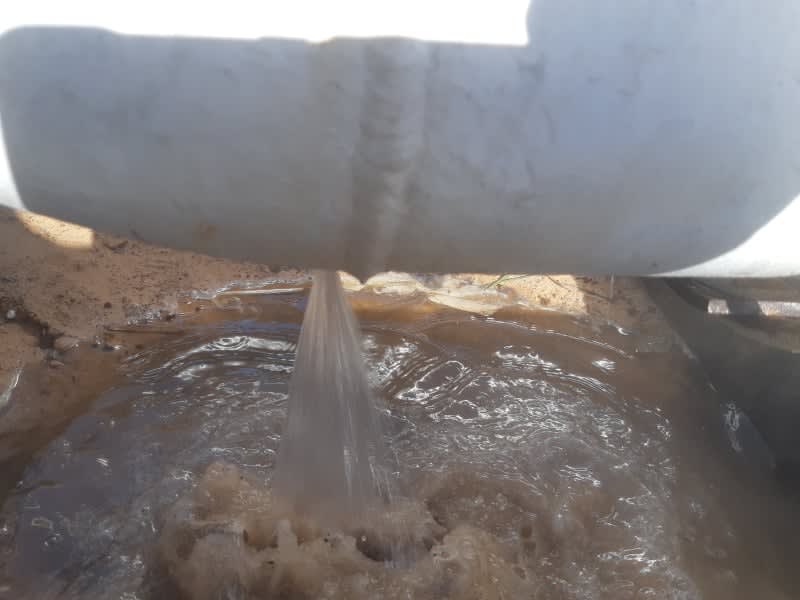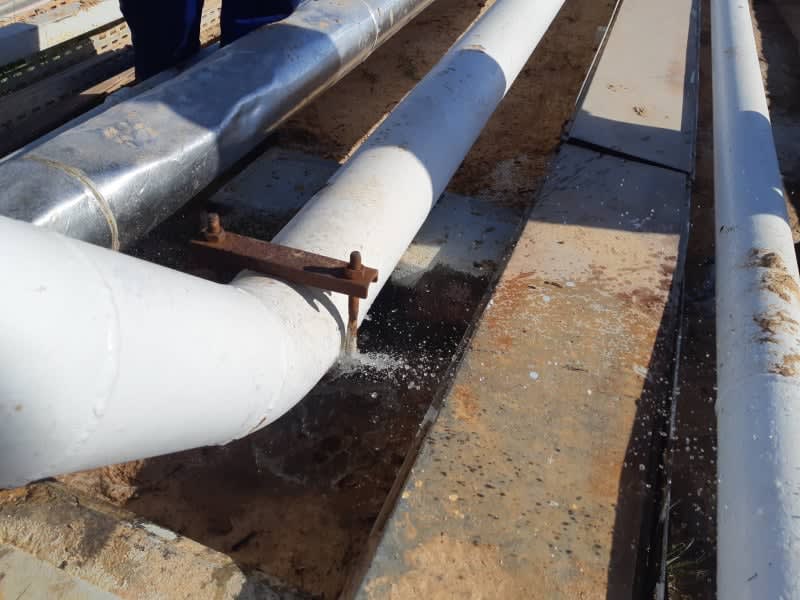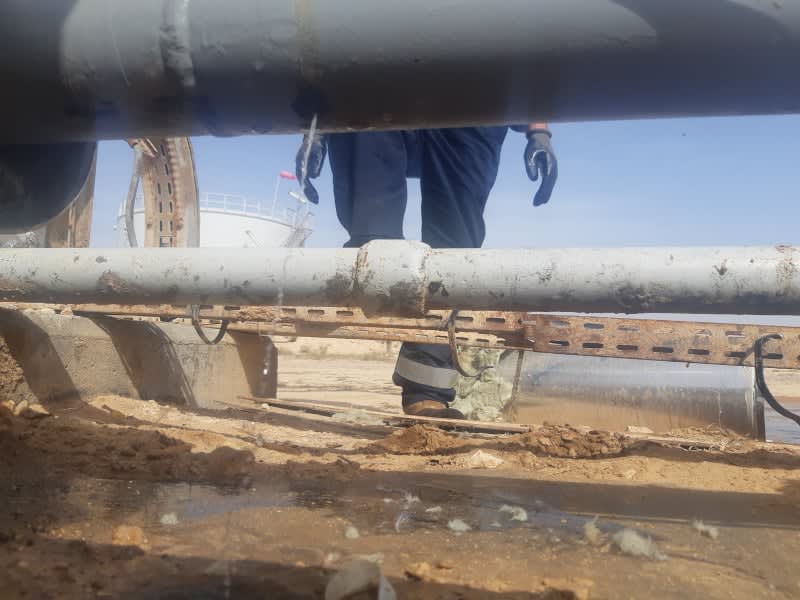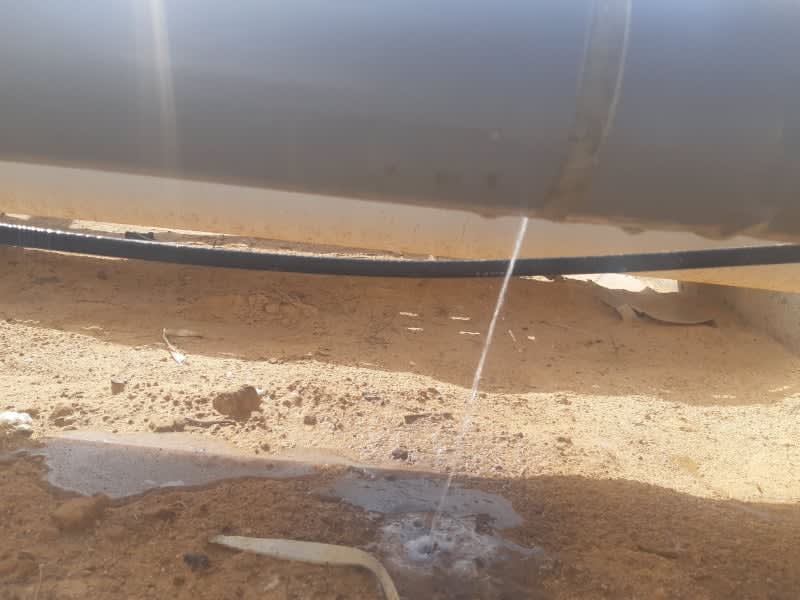Alaa1992
Petroleum
- Dec 17, 2018
- 30
Hy guys,
Any one can help me in figuring-out reasons on leaks, happened suddenly on a newly installed 6'' and 3'' process piping.![[sad] [sad] [sad]](/data/assets/smilies/sad.gif)
How can this happens fastly?
Has any body faced such a problem ?
DATA:
Time between commissionning and leaks occuring = 4 mounths ONLY !!!! Not years !!!!!! it is a couple of mounths !!!!!!!!
Liquid: Salty produced water
Station: Primary petroleum processing facility
Materials: API 5L GRB PSL1 and PSL 2 pipes, SCH40, Certified europeean standards and norms.
Hydraulic test pressure in field after installation: 16 bars for 2hrs ==> Test was OK
PS: I have verified all inspection reports; All parameters such as chemical compositions, yield strenth, mill hydraulic test are submitted within the standardized ranges, and our suppliers are with a good reputation in europe. (not chineese products)
Alaa Edine SMAALI
Energy (Oil&Gas) Project Engineer
Any one can help me in figuring-out reasons on leaks, happened suddenly on a newly installed 6'' and 3'' process piping.
![[sad] [sad] [sad]](/data/assets/smilies/sad.gif)
How can this happens fastly?
Has any body faced such a problem ?
DATA:
Time between commissionning and leaks occuring = 4 mounths ONLY !!!! Not years !!!!!! it is a couple of mounths !!!!!!!!
Liquid: Salty produced water
Station: Primary petroleum processing facility
Materials: API 5L GRB PSL1 and PSL 2 pipes, SCH40, Certified europeean standards and norms.
Hydraulic test pressure in field after installation: 16 bars for 2hrs ==> Test was OK
PS: I have verified all inspection reports; All parameters such as chemical compositions, yield strenth, mill hydraulic test are submitted within the standardized ranges, and our suppliers are with a good reputation in europe. (not chineese products)
Alaa Edine SMAALI
Energy (Oil&Gas) Project Engineer




